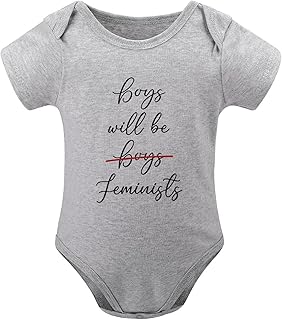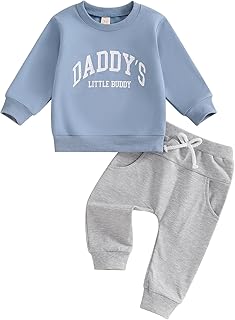In the world of fashion, a new trend is emerging, one that celebrates Barbie-core and queer pride in kids’ clothing. This shift in the industry reflects a broader societal acceptance of diverse identities and expressions.
As Pride month unfolds globally, fashion brands are vying for the attention of consumers with gender-fluid and pride-themed apparel. The market has become a battleground, with brands attempting to capture the pink dollar while facing pushback from those who believe the trend has crossed a line.
An incident involving Target in the U.S. exemplifies the risks brands face when entering this space. The retail giant experienced a significant drop in market value following backlash against its Pride-themed children’s clothing line.
The debate surrounding whether it is appropriate to dress children in clothing with activist messaging, such as Pride T-shirts and gender-bending attire, is a topic of discussion. Some argue that it is a form of expression and support for marginalized communities, while others believe it may be pushing boundaries too far.
Josh Szeps delves into this contentious issue with Patty Huntington, the Features and Fashion News Director at Harper’s Bazaar. Their conversation sheds light on the complexities and nuances of incorporating social and political messages into children’s apparel.
Historically, children’s clothing has been a reflection of societal norms and values. However, as attitudes towards gender identity and expression evolve, so too does the fashion industry’s approach to designing garments for young individuals.
Experts in the field emphasize the importance of inclusivity and representation in children’s fashion. By offering a diverse range of styles and designs, brands can cater to a broader audience and create a more inclusive environment for all consumers.
The rise of Barbie-core and queer pride clothing for kids signifies a shift towards greater acceptance and celebration of individuality. This trend not only reflects changing social attitudes but also empowers children to express themselves authentically through their clothing choices.
As the fashion landscape continues to evolve, it is essential for brands to navigate the delicate balance between creativity, inclusivity, and market appeal. By engaging in conversations about the role of clothing in shaping identity and culture, the industry can foster a more diverse and accepting environment for future generations.
📰 Related Articles
- Evolution of Women’s Fashion Reflects Societal Trends and Influences
- Willingness to Spend on Organic Beauty Reflects Sustainability Shift
- Tween Fashion Trends Shift with Social Media Influence
- Sony’s Stellar Blade Sets Steam Record, Reflects Industry Shift
- Petrol & Pride Event Celebrates Queer Car Culture Unity






